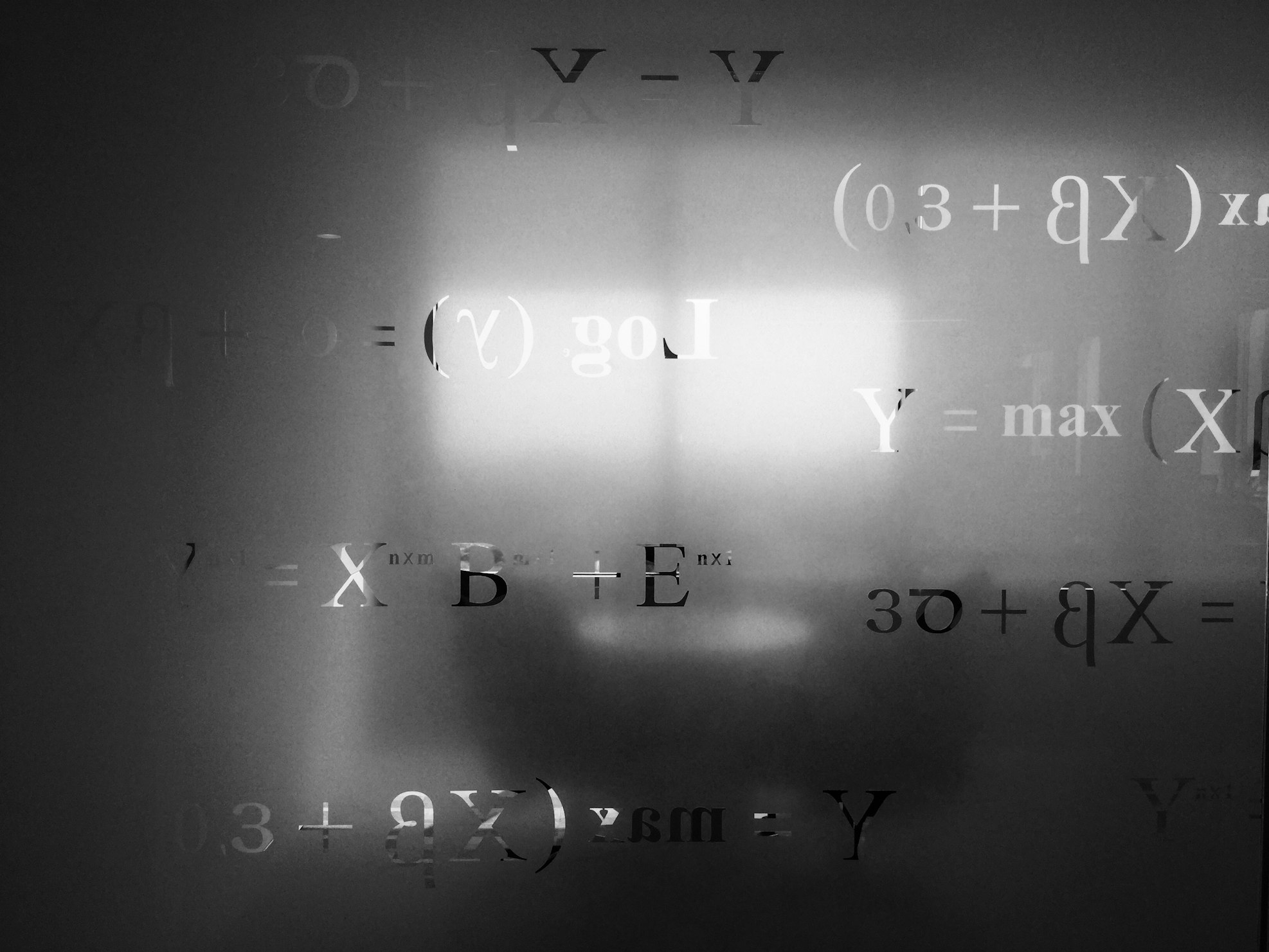Understanding Variables
A variable declaration is a statement in a computer programming language that specifies a variable's name and type, but does not assign it a value. The declaration tells the compiler that the variable exists in the program and where it is located. It also allows the program to reserve memory for storing the variable's values
What is a Variable?
A variable is a fundamental concept in programming, acting as a storage location in a computer's memory that holds a value. This value can be changed during the execution of a program, making variables essential for dynamic data handling.
Characteristics of Variables:
- Name: Identifies the variable.
- Type: Determines the kind of data the variable can hold.
- Value: The actual data stored in the variable.
- Scope: The region of the program where the variable is accessible.
- Lifetime: The duration for which the variable exists in memory.
Variable Declaration
Variable declaration is the process of defining a variable, specifying its name, and often assigning an initial value. Different programming languages have different syntax and rules for declaring variables.
Variables in JavaScript
Declaring Variables
In modern JavaScript, variables can be declared using var, let, and const. Each has different characteristics and scope rules.
var
- Scope: Function-scoped.
- Reassignable: Yes.
- Hoisting: Yes.
let
- Scope: Block-scoped.
- Reassignable: Yes.
- Hoisting: No.
const
- Scope: Block-scoped.
- Reassignable: No.
- Hoisting: No.
Variable Types
JavaScript supports several types of variables:
- Number
- String
- Boolean
- Null
- Undefined
- Object
- Array
Scope and Hoisting
-
Global Scope: Variables declared outside any function.
-
Function Scope: Variables declared inside a function.
-
Block Scope: Variables declared with
letorconstinside a block.
Hoisting: JavaScript's behavior of moving declarations to the top.
Variables in Python
Declaring Variables
In Python, variables are dynamically typed, meaning you do not need to declare the type explicitly. The type is inferred from the value assigned.
Variable Types
Python supports several types of variables:
- Integer
- Float
- String
- Boolean
- None
- List
- Tuple
- Set
- Dictionary
Scope
-
Global Scope: Variables declared at the top level.
-
Local Scope: Variables declared inside a function.
Reassigning Variables
Python allows variables to be reassigned to different types.
Constants
By convention, constants are declared using uppercase letters.
Type Hints
Python 3.5+ supports type hints for better code clarity.
Summary
Variables are essential for storing and manipulating data in programming. JavaScript offers var, let, and const for variable declaration with different scoping rules, while Python uses dynamic typing and type hints for improved readability. Understanding these concepts is crucial for effective coding in both languages.
